5 popular FIFA World Cup official balls in history
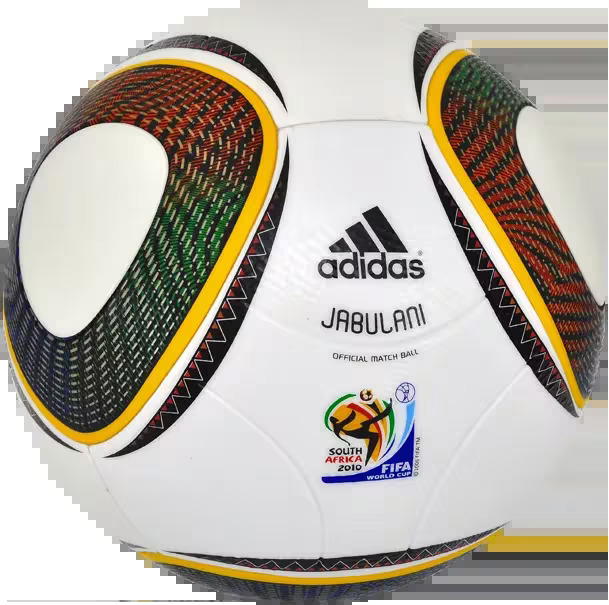
The balls used in FIFA World Cup matches have undergone a dramatic transformation since the first tournament in Uruguay back in 1930.
The history of the World Cup in many ways tells the story of the evolution of professional football itself. From a stitched leather pig’s bladder to today’s sleek, synthetic designs, the ball has reflected both the culture of the host nations and the technological advances of its time.
Here are five of the most famous FIFA World Cup official balls in history:
1. Tiento & T-Model (1930)
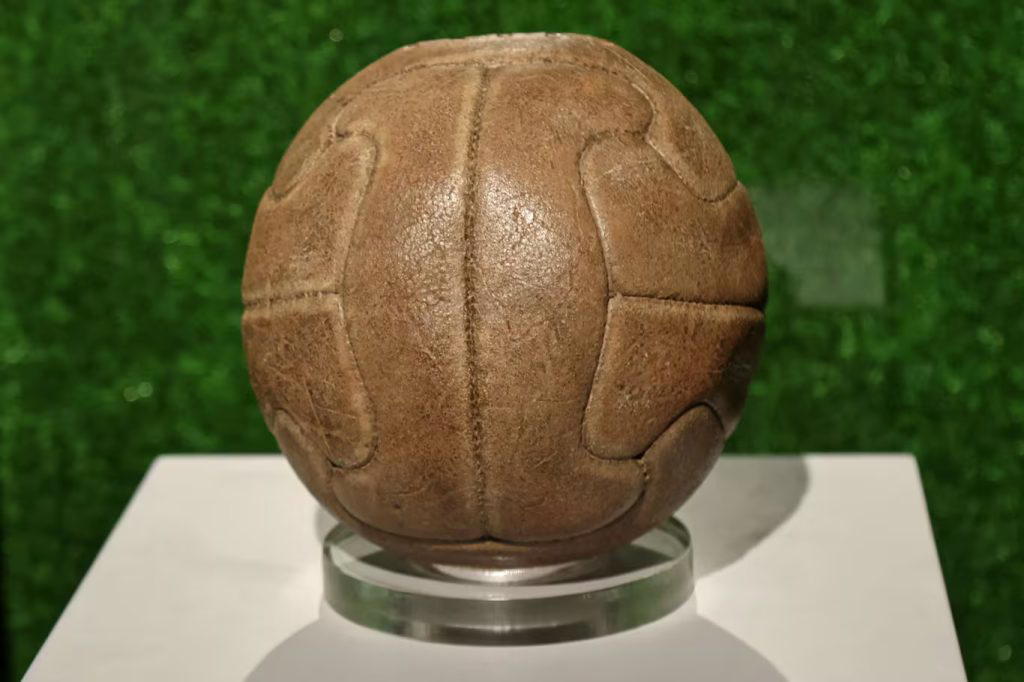
The very first World Cup in Uruguay did not have a standard official ball. Instead, the final between Argentina and Uruguay featured a compromise: Argentina supplied their lighter Tiento for the first half, while Uruguay’s heavier T-Model was used in the second. The switch influenced the outcome — Argentina led 2-1 at half-time, but Uruguay stormed back with three goals after introducing their preferred ball, lifting the inaugural trophy.
This unusual start set the stage for the World Cup’s deep connection with its match ball.
2. Adidas Telstar (1970)
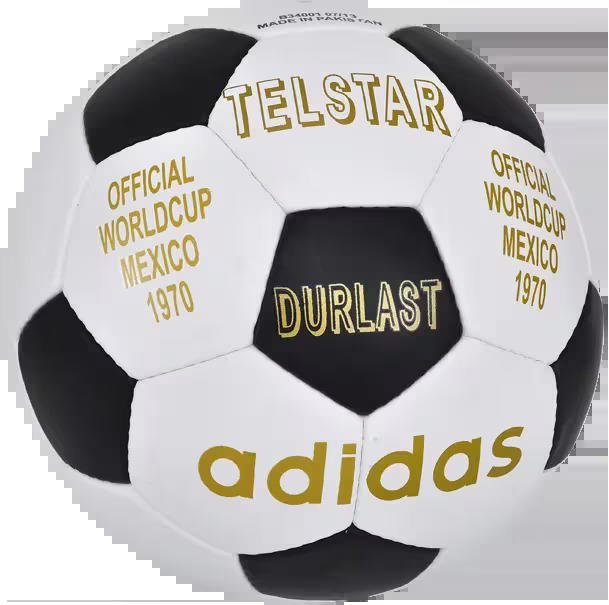
Perhaps the most iconic World Cup ball ever, the Telstar debuted in Mexico in 1970. Adidas, having become FIFA’s official partner, introduced the now-famous black-and-white 32-panel design to enhance visibility on television.
The ball’s name was inspired by “television star,” symbolizing its role in the first World Cup broadcast worldwide. The Telstar not only revolutionized ball design but also cemented Adidas’ long-term dominance as the official ball manufacturer.
3. Adidas Tango (1978)
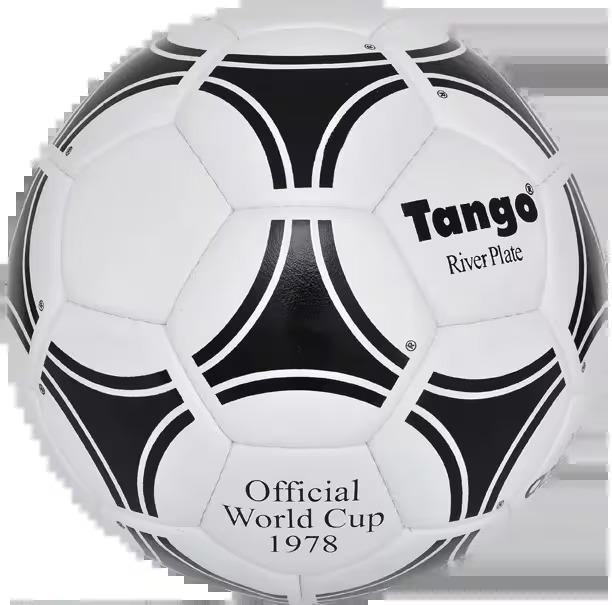
Introduced in Argentina, the Tango quickly became one of the most popular and recognizable balls in football history. Its design of black triangles forming circular patterns gave the illusion of continuous motion when rolling on the pitch.
The Tango was so well-loved that it set the template for several subsequent editions, lasting well into the 1980s and early 1990s. It also marked the beginning of the transition away from full leather balls.
4. Adidas Jabulani (2010)
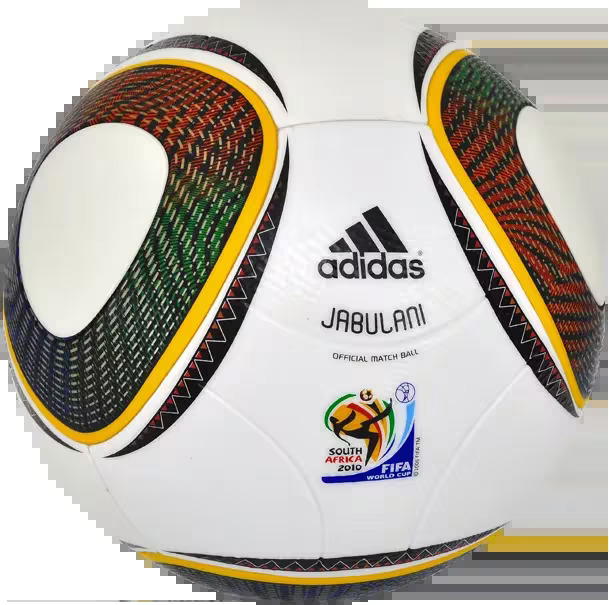
Few balls have sparked as much controversy as the Jabulani, used in South Africa 2010. With just eight panels and an ultra-smooth surface, Adidas claimed it was the roundest ball ever made. But goalkeepers hated it — Iker Casillas called it “horrible,” while Julio Cesar compared it to a cheap supermarket ball.
NASA studies later confirmed that its unique aerodynamics caused it to “knuckle” unpredictably at high speeds, explaining why so many shots dipped and swerved. Loved or hated, the Jabulani remains one of the most talked-about balls in history.
5. Adidas Brazuca (2014)
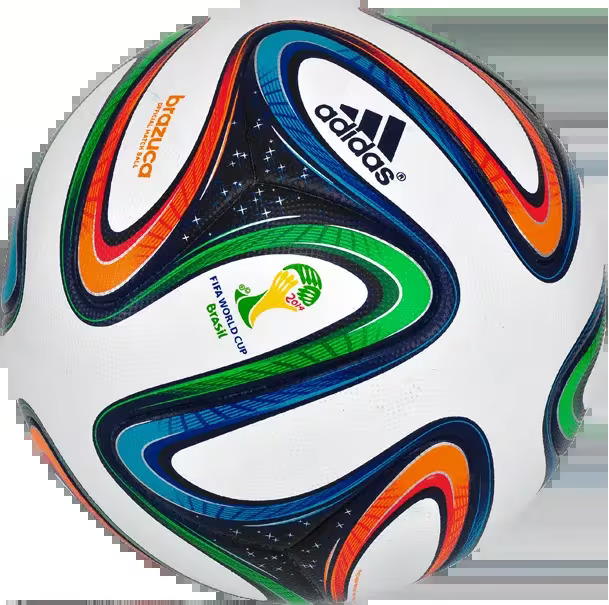
After the Jabulani debacle, Adidas redeemed itself with the Brazuca, unveiled in Brazil 2014. The ball featured just six panels but underwent the most extensive testing in Adidas history, involving professional players worldwide.
Its vibrant design, inspired by Brazilian culture and carnival ribbons, was celebrated by fans and players alike. Unlike its predecessor, the Brazuca earned widespread praise for its reliability and performance, becoming one of the best-received World Cup balls of the modern era.
The post 5 popular FIFA World Cup official balls in history appeared first on Vanguard News.

 yarkarkara
yarkarkara 





